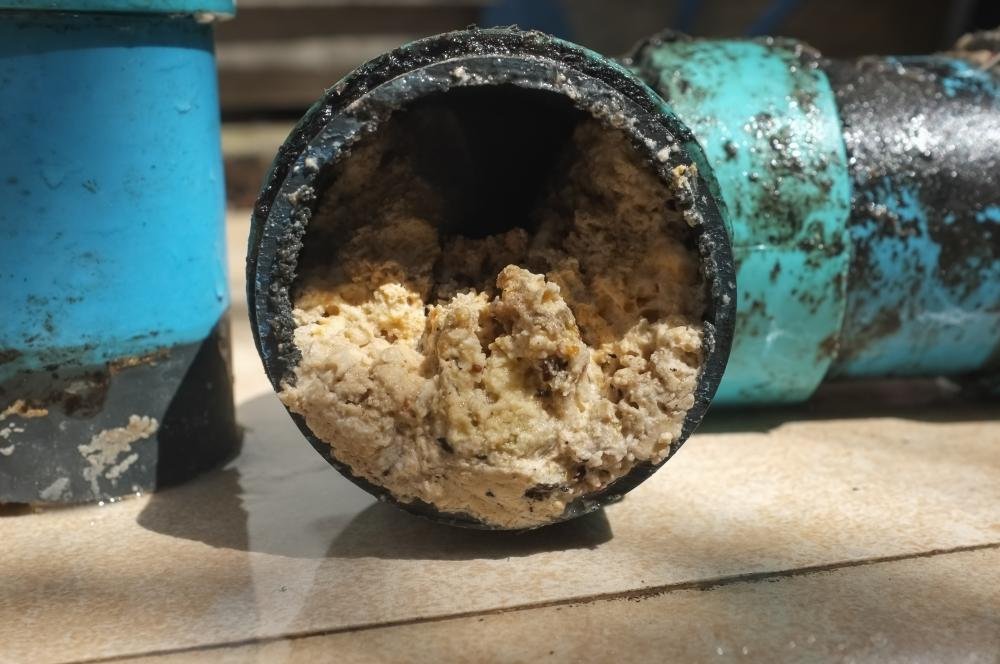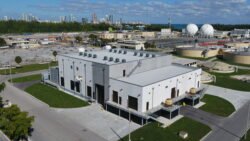
What Is Fog In Wastewater Treatment

Understanding FOG in Wastewater Treatment
Introduction
In the realm of environmental engineering and water management, the concept of FOG—an acronym for fats, oils, and grease—plays a significant role, especially in wastewater treatment systems. As urbanization accelerates and populations grow, wastewater generation has become an inevitable challenge. Within this challenge lies the issue of FOG, which, if not properly managed, can cause environmental, infrastructural, and economic repercussions. This article delves deep into the nature of FOG, its impact on wastewater treatment, strategies for management, and the technological innovations that aim to mitigate its effects.
The Nature of FOG
FOG originates from both domestic and industrial sources. Common culprits include cooking oils, butter, shortening, meats, dairy products, and various food scraps from households, restaurants, and food processing units. Upon entering the wastewater stream, these substances can solidify and accumulate, especially when they encounter cooler temperatures in sewage systems. This accumulation creates blockages or “fatbergs” that can impair the flow and capacity of wastewater infrastructure.
Sources of FOG
-
- Domestic Sources:
Households contribute significantly to FOG buildup by disposing of cooking fats and oils down the kitchen sink. This practice, though convenient, results in the gradual clogging of household pipes and broader sewage networks.
- Domestic Sources:
-
- Commercial Food Establishments:
Restaurants, cafes, and fast-food outlets are major contributors to FOG pollution. The high volume of cooking and food preparation often results in substantial quantities of fats, which, without proper disposal measures, end up in municipal sewage systems.
- Commercial Food Establishments:
-
- Industrial Processes:
Industries involved in food manufacturing and processing generate considerable amounts of FOG. While some facilities employ onsite wastewater treatment systems, others discharge into public systems, compounding FOG management challenges.
- Industrial Processes:
Impact of FOG on Wastewater Treatment
FOG can significantly impede the efficiency and effectiveness of wastewater treatment processes. Here’s how:
-
- Clogging and Blockages:
As FOG solidifies, it causes blockages in pipes and sewer lines. This not only reduces the flow capacity of wastewater systems but also leads to increased maintenance costs and potential sewer overflows.
- Clogging and Blockages:
-
- Interference with Biological Processes:
In treatment plants, FOG can disrupt the biological processes essential for wastewater treatment. It hampers the activity of aerobic bacteria that digest organic matter, leading to ineffective treatment and poor-quality effluent.
- Interference with Biological Processes:
-
- Corrosion and Equipment Damage:
Accumulation of FOG can result in the production of sulfides that contribute to the corrosion of sewage infrastructure. Moreover, it increases the wear and tear on pumps and other equipment, necessitating frequent repairs and replacements.
- Corrosion and Equipment Damage:
-
- Environmental Consequences:
Untreated or poorly managed FOG can lead to the discharge of pollutants into water bodies, affecting aquatic ecosystems. It can deplete dissolved oxygen levels, harm aquatic life, and contribute to the formation of unsightly surface films.
- Environmental Consequences:
Managing FOG in Wastewater Systems
Efficient FOG management involves a combination of preventative strategies, treatment techniques, and regulatory policies. Here’s an exploration of each approach:
-
- Prevention and Source Control:
i. Public Education:
Encouraging the public to adopt responsible practices, such as the proper disposal of kitchen fats, can significantly reduce FOG entering municipal systems.ii. Grease Traps and Interceptors:
Installing grease traps in commercial kitchens can intercept and capture FOG before it reaches the sewer system. Regular maintenance and cleaning are crucial for their effectiveness.iii. Regulations and Compliance:
Local authorities can mandate FOG management practices, imposing fines for non-compliance to motivate businesses and households to adhere to best practices.
- Prevention and Source Control:
-
- Technological Interventions:
i. Anaerobic Digestion:
This process involves the breakdown of organic matter, including FOG, by anaerobic microorganisms. It not only minimizes FOG but also generates biogas as an energy source.ii. Advanced Filtration Systems:
Technologies like dissolved air flotation and membrane filtration can effectively separate FOG from wastewater, enhancing overall treatment efficiency.iii. Chemical Treatment:
Use of enzymes and other chemical agents can break down FOG, helping to prevent the formation of blockages and improving the efficacy of biological treatment processes.
- Technological Interventions:
-
- Infrastructure Enhancements:
i. Pipeline Design:
Designing sewage systems with appropriate slopes and velocities can minimize FOG accumulation and prevent blockages.ii. Regular Maintenance Programs:
Routine inspection and cleaning of sewer lines and treatment facilities are essential to manage FOG buildup and maintain system functionality.
- Infrastructure Enhancements:
Innovations and Future Directions
With the growing emphasis on sustainability and resource recovery, innovative approaches are emerging to improve FOG management and harness its potential as a resource:
-
- Biogas Production:
The anaerobic digestion of FOG not only mitigates its negative impact but also converts it into biogas, a renewable energy source. This aligns with global shifts towards sustainable energy practices.
- Biogas Production:
-
- Biodiesel Conversion:
FOG can be an excellent feedstock for biodiesel production. By converting waste into fuel, this approach demonstrates the principles of the circular economy, reducing reliance on fossil fuels.
- Biodiesel Conversion:
-
- Monitoring and Automation:
Advanced sensor technologies and data analytics enable real-time monitoring of FOG levels in wastewater systems. Automation can enhance the efficiency of treatment processes and help predict maintenance needs.
- Monitoring and Automation:
-
- Community-Based Solutions:
Encouraging community participation in FOG management, such as local recycling programs for cooking oils, can foster a culture of environmental responsibility and collective action.
- Community-Based Solutions:
Conclusion
FOG in wastewater treatment represents a multifaceted challenge, demanding a comprehensive approach encompassing prevention, innovation, and collaboration. By understanding the sources and impacts of FOG, stakeholders can implement strategies that protect infrastructure, enhance treatment efficiency, and tap into the economic and environmental benefits of resource recovery. Moving forward, the integration of technological advancements with regulatory frameworks and public awareness will be crucial in managing FOG sustainably, paving the way for smarter, cleaner, and more resilient wastewater systems.


